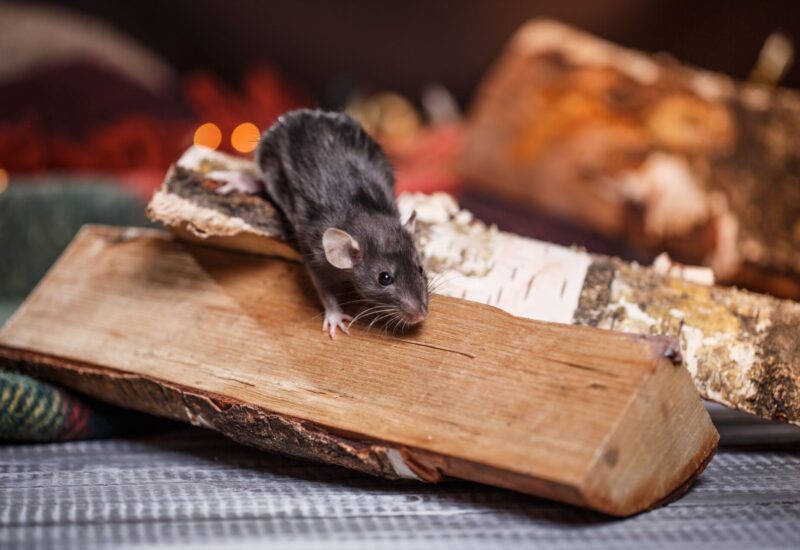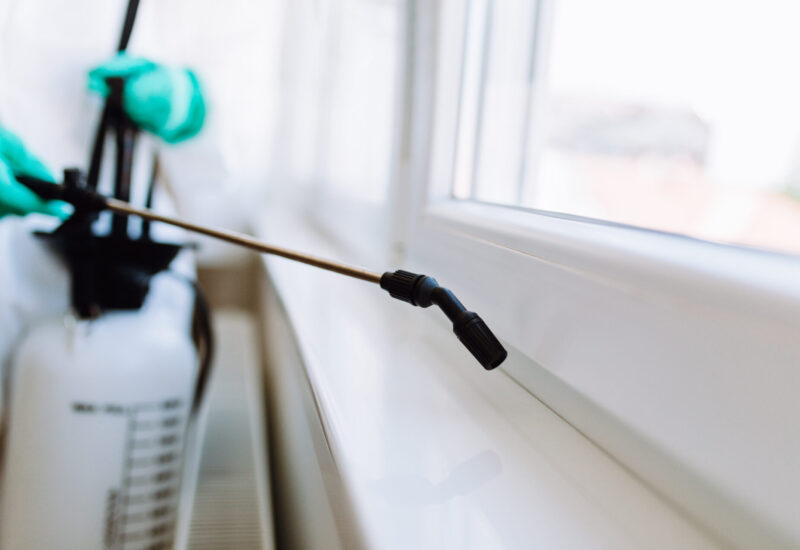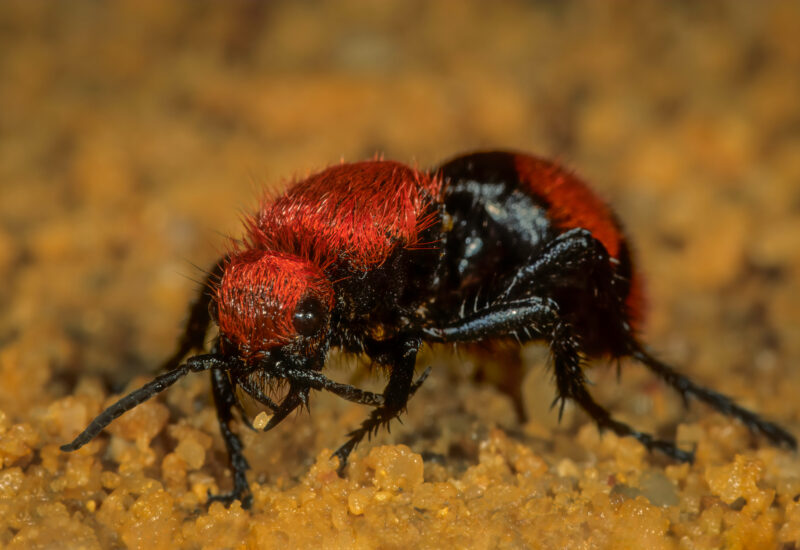4 Most Common New England Spiders
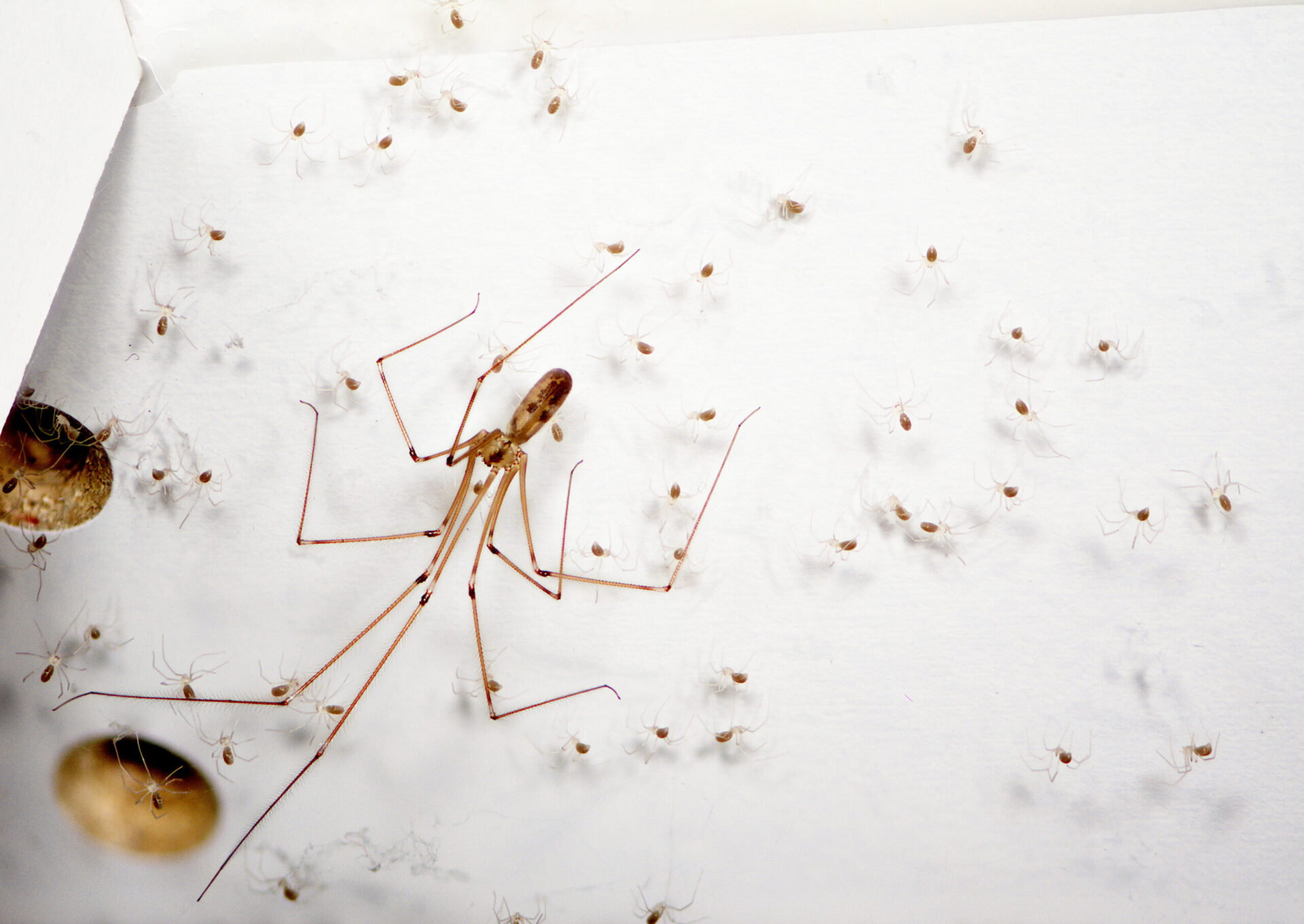
Identifying Common Spiders In New England Homes & Businesses
Having a couple of spiders around a home or building can keep other pests at bay — but a population or cluster of spiders is not just excessive, it’s eerie.
While this may seem like an exaggeration, a single female house spider can give birth to several thousands of spiderlings during her lifetime — approximately one to two years depending on the species.
So, the possibility of a family of spiders overtaking a basement, attic, or crawlspace is not as far-fetched as property owners would hope.
In New England states — specifically Massachusetts, New Hampshire, and Connecticut — non-lethal house spiders are a common nuisance:
- American House Spiders
- Cellar Spiders
- Wolf Spiders
- Jumping Spiders
Due to its adaptable nature, a house spider can live out its entire life indoors once it takes up shelter in a manmade structure. There may be several factors driving the insect inside, most notably access to food in the form of other pests like odorous house ants and water caused by excess moisture.
The last struggle any homeowner or business owner wants to face is a spider infestation moving in — permanently. To avoid this scenario, New Englanders should keep vigilant watch for signs of an infestation and know how to identify the types of spiders invading their property — as well as who to contact to resolve the issue.
1. American House Spider
The common or American house spider is a web-building indoor arachnid that hides itself in the dark or isolated corners or eaves of basements, attics, garages, and sheds.
Female American house spiders usually grow larger than males. In size, the arachnids can be compared to that of a nickel.
Coloring can range from brown with a slightly bespeckled abdomen to yellow, especially in females. If the legs of the spider have an orange tint, it is most likely male.
Another telling detail is the dark brown rings or bands encircling the joints of the legs — such markings are found on both male and female American house spiders.
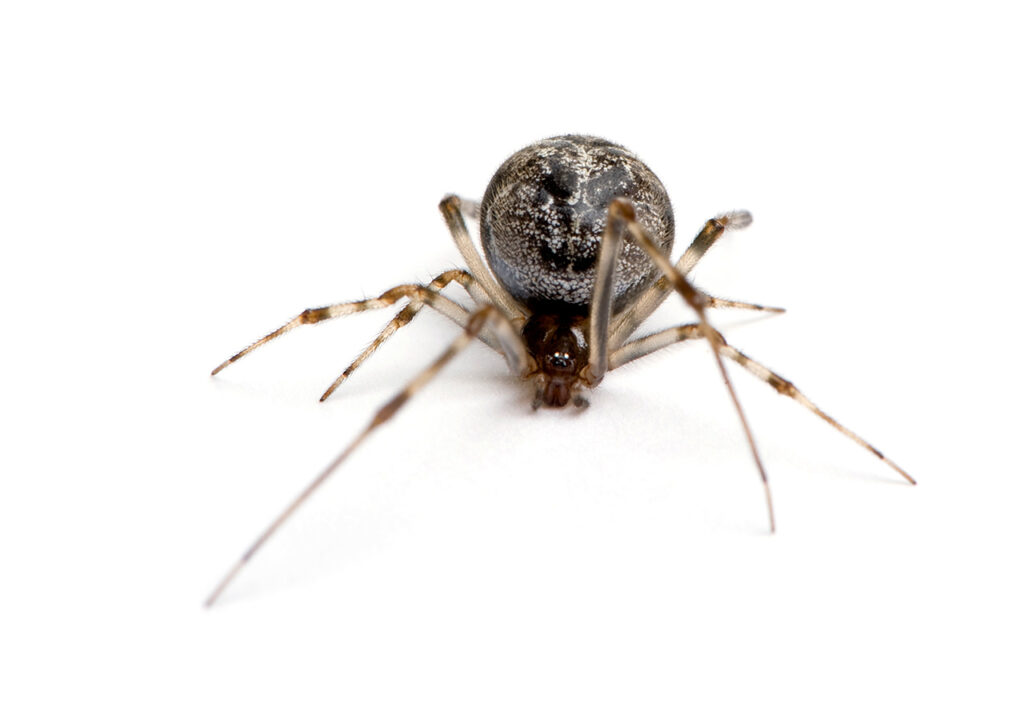
Because of its similar appearance, it can be easy for non-experts to mistake the American house spider for a brown recluse.
The key difference between them is that an American house spider lacks a specific pattern on its bulbous body — a dark brown fiddle-shaped spot, which is a defining feature of a brown recluse.
Another identifier is if the arachnid is rarely seen off of its web. Should this be the case, it is probably an American house spider and not a recluse.
American house spider webbing can be difficult to spot as the silk strands are thin, resembling a tangled mess of string rather than a patterned web like those created by orb-weaving spiders.
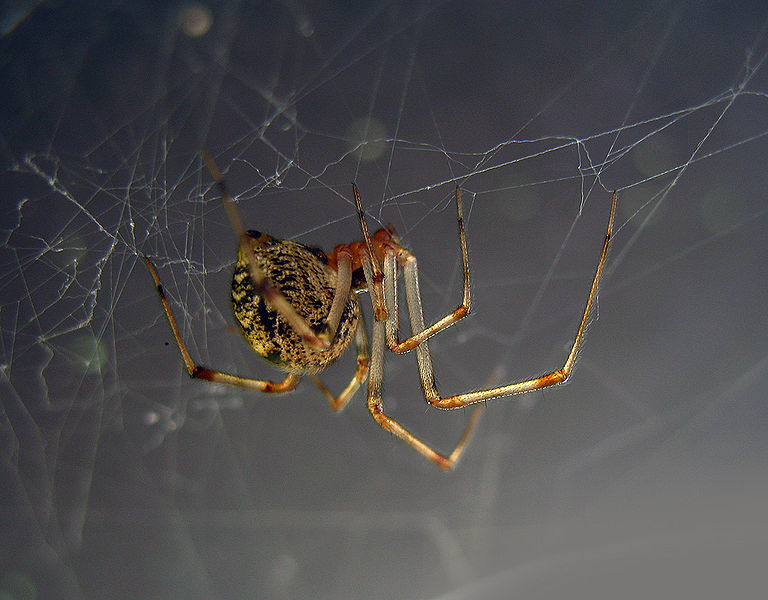
The American house spider uses webs to travel and to cocoon its eggs or egg sacs.
Within the couple of years that it is alive, a female American house spider can birth up to 12 egg sacs, each containing upwards of 300 individual spiderling eggs.
Like many other species of spiders, the mating season isn’t reserved to a specific time of year, but it reaches a peak in late autumn. Soon after, an egg sac follows and a week later the spiderlings hatch.
For those with arachnophobia, a cluster of several hundred little spiderlings is nightmarish.
Signs of an American House Spider Infestation
The American house spider is a frequent unwelcome guest in many residences and businesses across the United States. Indicators of an American house spider infestation to look out for include:
- Cobwebs: Homeowners or business owners who start to notice an abundance of cobwebs in the corners of window frames, beams, and dark corners can be more easily seen over time as the sticky strands attract dust or hair as well as prey.
- Egg Sacs: Distinguishing between a dusty, neglected space and an actual American house spider dwelling can be tricky if the spider is not present. But almost always there will be a ball or cocoon of silk on a web — this is an egg sac.
- Bites: These indoor arachnids are not life-threatening but will bite if alarmed or feeling unsafe. Those who occasionally find themselves waking up with tiny red bite marks may have a growing cluster of the pests on the property.
Noticing any of these signs may be a cause for concern — and easily addressed with help from a licensed professional.
2. Cellar Spider
Cellar spiders are arguably the most identifiable of the arachnid species due to its gangly body structure and extremely long legs.
Attracted to humid areas, cellar spiders tend to be found in damp spaces, whether that be in a sink cabinet or, as its name implies, in a cellar. When alarmed, this insect will bounce or vibrate on its web.
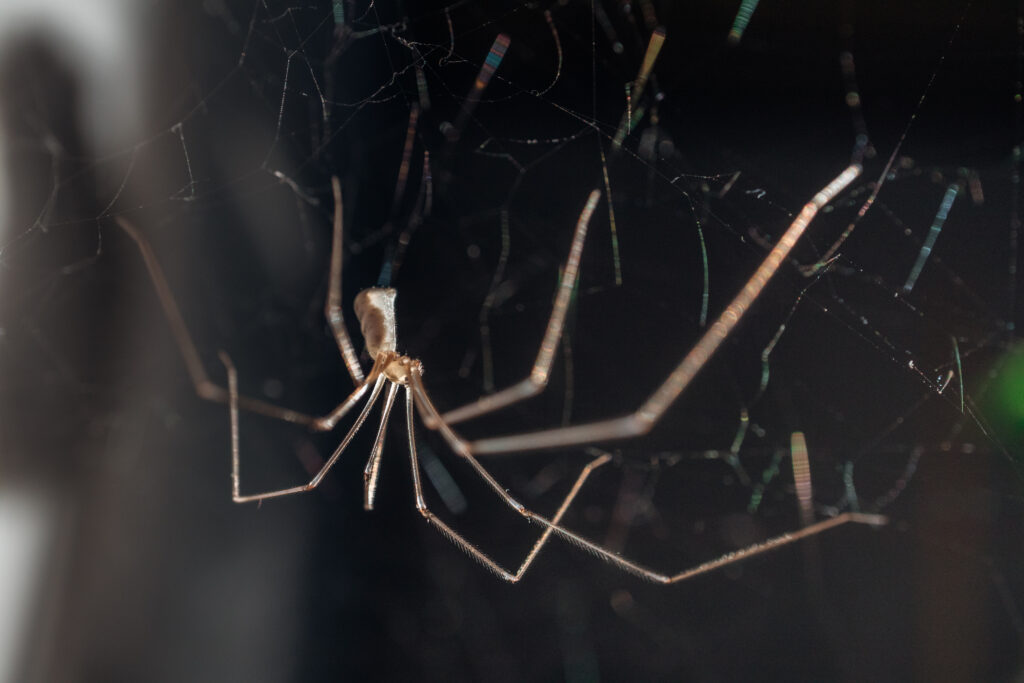
Signs of a Cellar Spider Infestation
Unlike American house spiders, cellar spiders won’t recycle or clean previously its previously used webs.
Instead, the pests will simply build new webs that overlap with the old ones, spinning a conspicuous cobweb in the process.
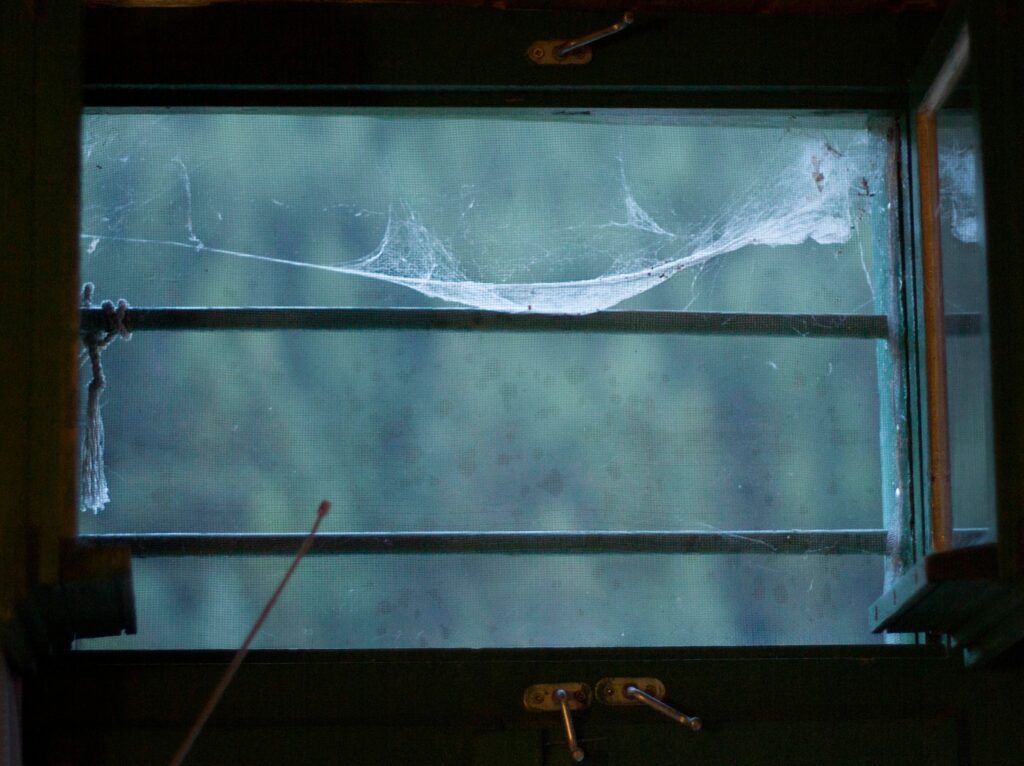
Female cellar spiders, which can live for approximately two years, lay three egg sacs total, holding anywhere between 10 to 60 eggs at a time.
A female carries the egg sac in her mouth while waiting for the offspring to hatch.
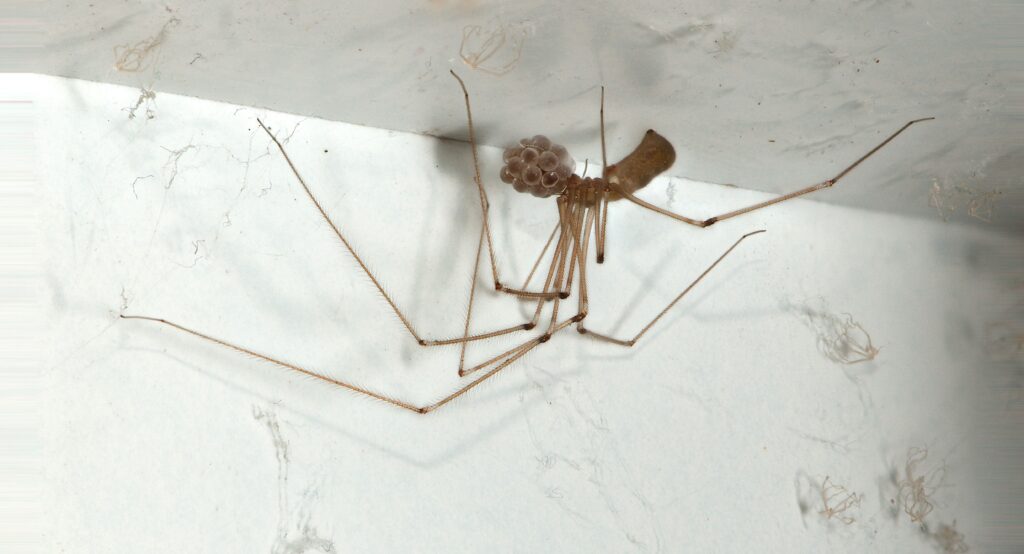
Seeing loose, haphazardly spun webbing around the isolated sections the home or business? This could imply that a growing population of cellar spiders is on the property.
3. Wolf Spider
With its dark brown, hairy body and intimidating size, the wolf spider resembles a tarantula.
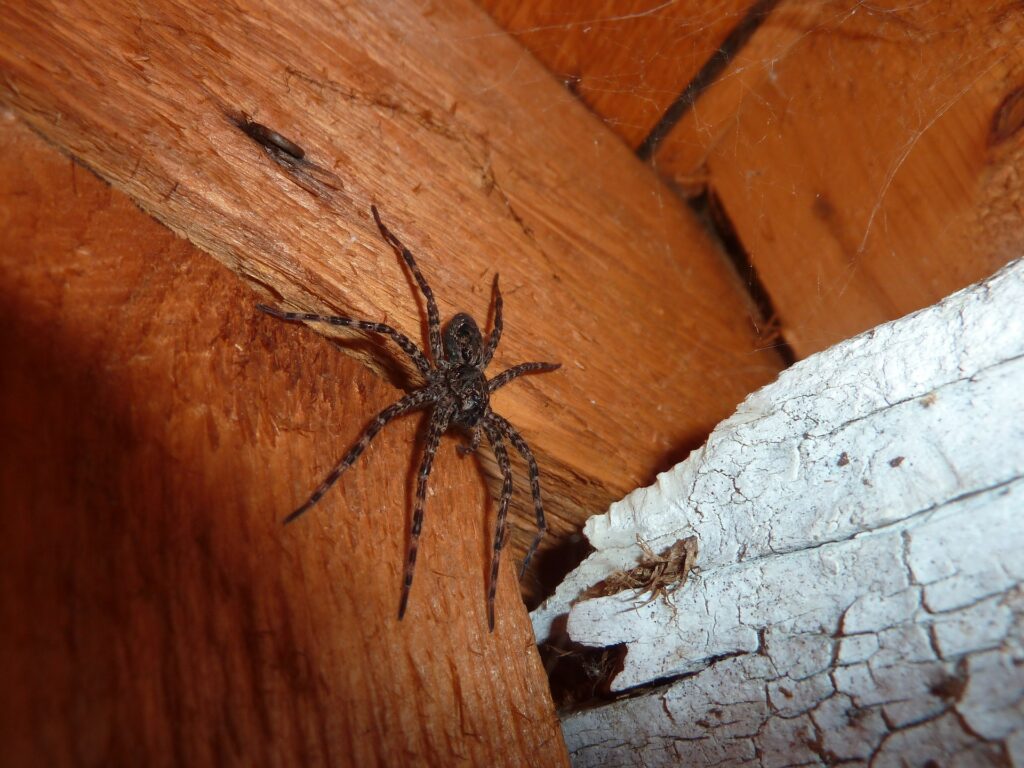
Wolf spiders are hunters and sprinters, not web spinners. The arachnids burrow underneath objects such as leaves, sticks, or piles of clutter to both hide from predators and lure or capture prey by ambush.
Using its impressive strength, a wolf spider will hold the prey between its legs before injecting the victim with paralyzing venom through its powerful fangs.
Signs of a Wolf Spider Infestation
Indoors, wolf spiders tend to inhabit warmer areas. Houseplants are a favorite for this pest because they are often placed under sun lamps and offer soil for burrowing.
Wolf spiders are rather territorial — if a wolf spider is disturbed or feels threatened, it will bite. However, its venom isn’t toxic to people.
Female wolf spiders can live for several years — quite a long lifespan in comparison to other types of arachnids, and three times as long as its male partners.
A wolf spider infestation may not be immediately apparent as the eggs overwinter until early summer but addressing the issue before the spiderlings hatch is highly recommended.
Those who suspect a wolf spider infestation should contact a pest control expert to confront the arachnids because although not harmful to humans or pets, its bites can sting and — in rare cases — cause acute irritation or swelling.
4. Jumping Spider
Jumping spiders are the tiniest arachnids listed in this article, at only half of an inch in length.
In the U.S., there are around 300 species of jumping spiders but thankfully New England is home to just three:
- Zebra Jumper: As its name suggests, the zebra jumper has stripes covering its body.
- Bold Jumper: The body of a bold jumping spider is mostly black with white stripes on its legs and a white dot on its back.
- Tan Jumper: Tan jumping spiders are light brown, with darker markings along the abdomen.
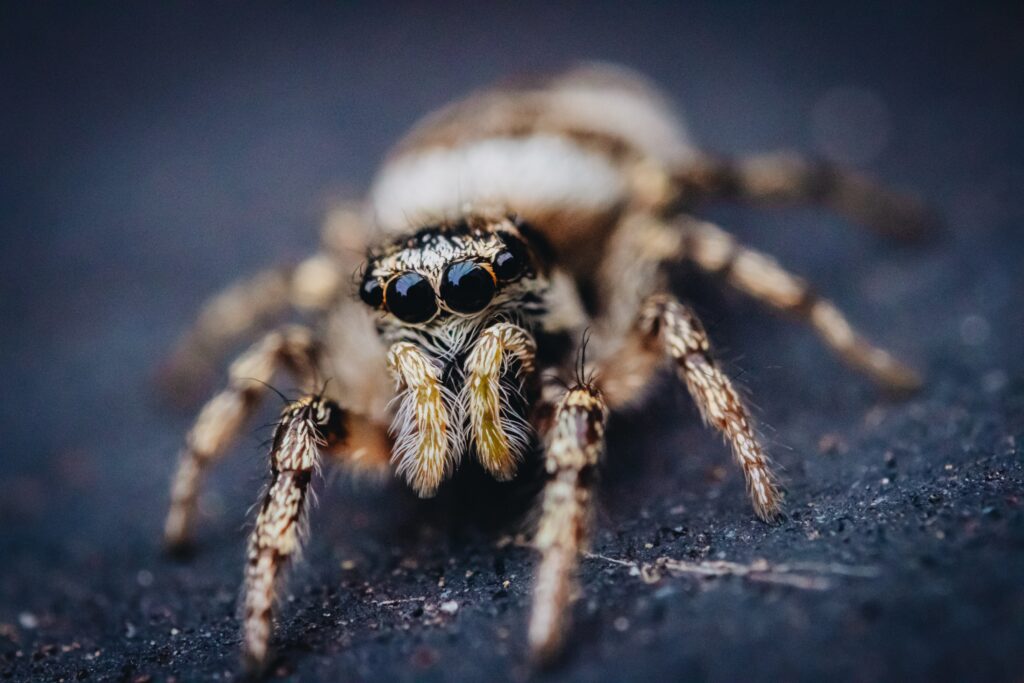
The mating habits depend on the species of jumper, but in general jumping spiders mate during the spring and summer months before the female gives birth to an average of 200 offspring.
Signs of a Jumping Spider Infestation
Jumpers are hunters. Rather than produce webs to ensnare insects, a jumping spider uses its swift reflexes to catch smaller bugs. It can leap up to 20 times the length of its body.
To keep itself stable when jumping far distances, these spiders will deploy a silk thread known as a dragline before taking off, essentially acting as a safety net for the pest.
Draglines can be incredibly difficult to spot but should near-invisible strands of silk thread be plastered to the counters or other surfaces throughout a home, it can be a sign that a jumper is nearby.
Another possible clue of a jumping spider on the property is seeing remnants of molten skin, as the arachnids will shed during its development into a full-grown spider.
But as this type of arachnid does not leave behind webbing, the most obvious indication of an infestation is seeing the spider(s).
It tends to station itself near windows and doors, awaiting other insects to fly by.
Confront Your Spider Problem with Catseye Pest Control
Despite the integral role spiders play as natural pest controllers, keeping them in-check is important to both your property and sanity.
Residential or commercial buildings that are struggling with a spider infestation typically lead to the discovery of other significant issues — such as growing populations of household bugs or insects throughout the property.
But the professionals at Catseye Pest Control have the expertise and experience to find the root of the cause. Through our Spider Control service, clients can put their concerns to rest.
Our licensed technicians will inspect the affected areas and design a customized treatment plan that is safe for everyone on-site and leaves your property pest-free.
Take back your home or business and contact us to schedule a free inspection today.


